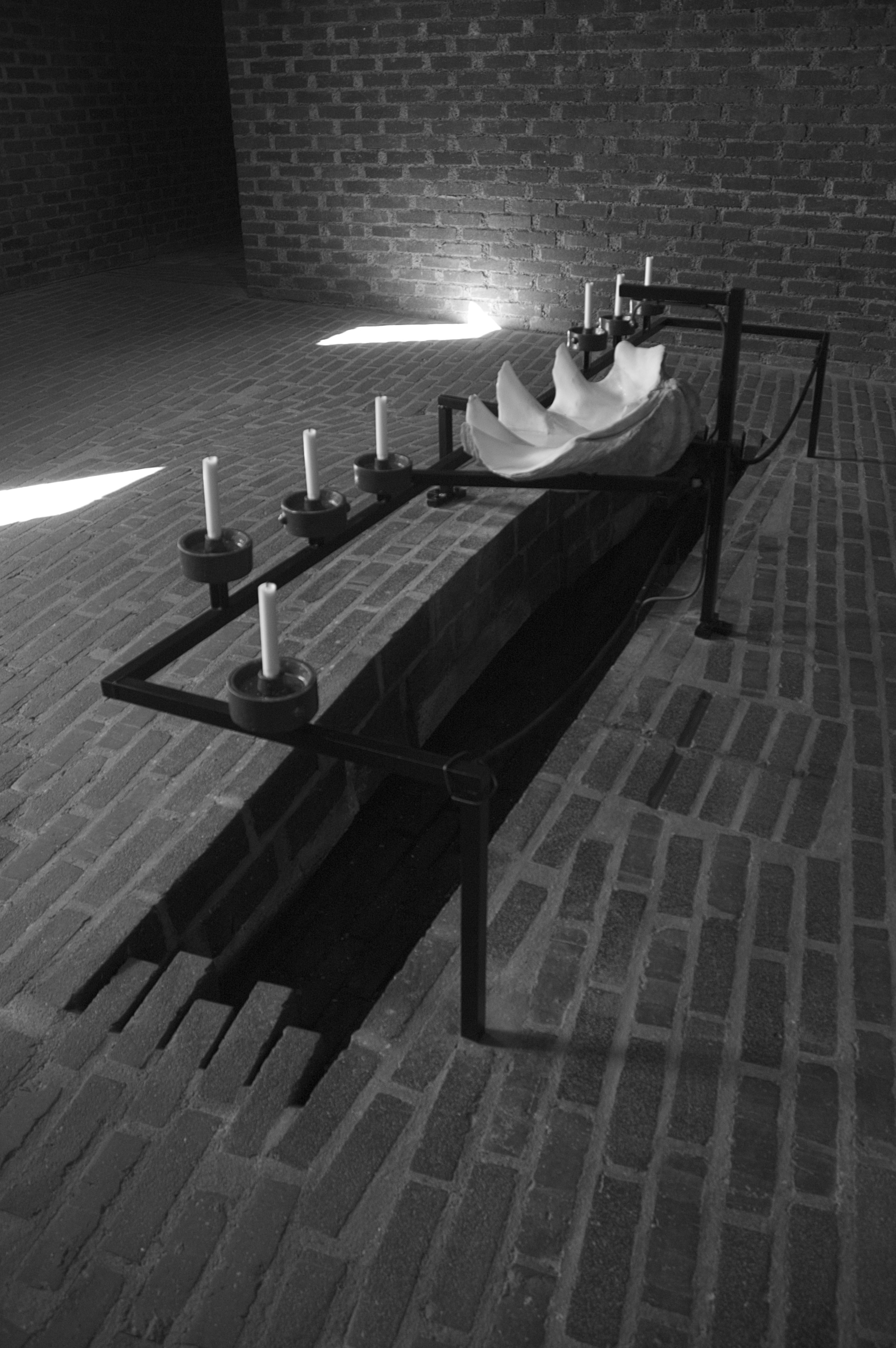What Is a Stand Up Special?
DOI:
https://doi.org/10.58519/aesthinv.v5i1.11774Keywords:
film, humor, performanceAbstract
The stand-up special is growing cultural significance just as it is maturing and becoming more distinct as an art form. Philosophical treatments of the special are therefore neither frivolous nor redundant. I argue here that such inquiry can be aided by a definitional account of “special” and that an essential definition – if one is available- would serve us best. I then offer a candidate definition of this kind and reply to some likely objections to it.
Downloads
References
Belnap, Nuel. 1993. “On Rigorous Definitions.” Philosophical Studies: An International Journal for Philosophy in the Analytic Tradition, 72, 2/3: 115-146
Carroll, Noël. 1993. “Historical Narratives and the Philosophy of Art” The Journal of Aesthetics and Art Criticism, 51, 3: 313-326.
Dean, Jeffrey T. 2003. “The Nature of Concepts and the Definition of Art.” The Journal of Aesthetics and Art Criticism, 61, 1: 29-35
Dickie, George. 1969. “Defining Art.” American Philosophical Quarterly, 6, 3: 253-256.
-----------------. 1997. The Art Circle: A Theory of Art. Evanston, IL: Chicago Spectrum Press.
Gaut, Berys. 2000. “’Art’ as a Cluster Concept” in Theories of Art Today, Noël Carroll, Ed. Madison: University of Wisconsin Press.
Knoedelseder, William. 2009. I’m Dying Up Here: Heartbreak & Hight Times in Stand-Up Comedy’s Golden Era. New York: Public Affairs.
Levinson, Jerrold. 1979. “Defining Art Historically.” British Journal of Aesthetics 19, 3: 232-250.
Lintott, Sheila. 2017. “Why (Not) Philosophy of Stand-Up Comedy?” in A Reader in the Philosophy of the Arts, 4th Edition. Lee Brown, David Goldblatt, and Stephanie Patridge Eds., New York: Routledge: 362-366
Longworth, Francis and Andrea Scarantino. 2010. “The Disjunctive Theory of Art: The Cluster Account Reformulated” British Journal of Aesthetics 50, 2: 151-167.
Rappaport, Jesse and Jake Quilty-Dunn. Forthcoming. “Do Stand-Up Comedians Make Assertions?”
Tafoya, Eddie. 2009. The Legacy of the Wisecrack: Stand-up Comedy as the Great American Literary Form. Boca Raton: BraownWalker Press.
Weitz, Morris. 1956. “The Role of Theory in Aesthetics.” The Journal of Aesthetics and Art Criticism 15, 1: 27-35.
Ziff, Paul. 1953. “The Task of Defining a Work of Art.” Philosophical Review 62, 1: 58-78.
Zinoman, Jason. 2018. “The Netflix Executives Who Bent Comedy to Their Will.” New York Times, September 9, 2018.
Downloads
Published
Issue
Section
License

This work is licensed under a Creative Commons Attribution 4.0 International License.
Authors who publish with this journal agree to the following terms:
Authors retain copyright and grant the journal right of first publication with the work simultaneously licensed under a Creative Commons Attribution License that allows others to share the work with an acknowledgement of the work's authorship and initial publication in this journal. Note: up to volume 4 issue 1, an incorrect copyright line appears in the PDFs of the articles.
Authors are able to enter into separate, additional contractual arrangements for the non-exclusive distribution of the journal's published version of the work (e.g., post it to an institutional repository or publish it in a book), with an acknowledgement of its initial publication in this journal.
Authors are permitted and encouraged to post their work online (e.g., in institutional repositories or on their website) prior to and during the submission process, as it can lead to productive exchanges, as well as earlier and greater citation of published work (See The Effect of Open Access).






